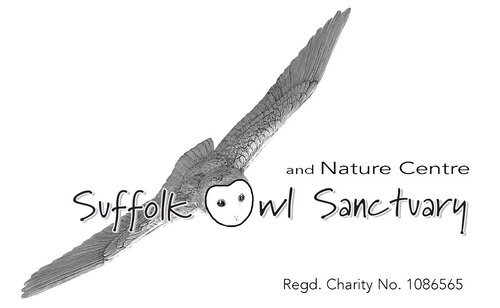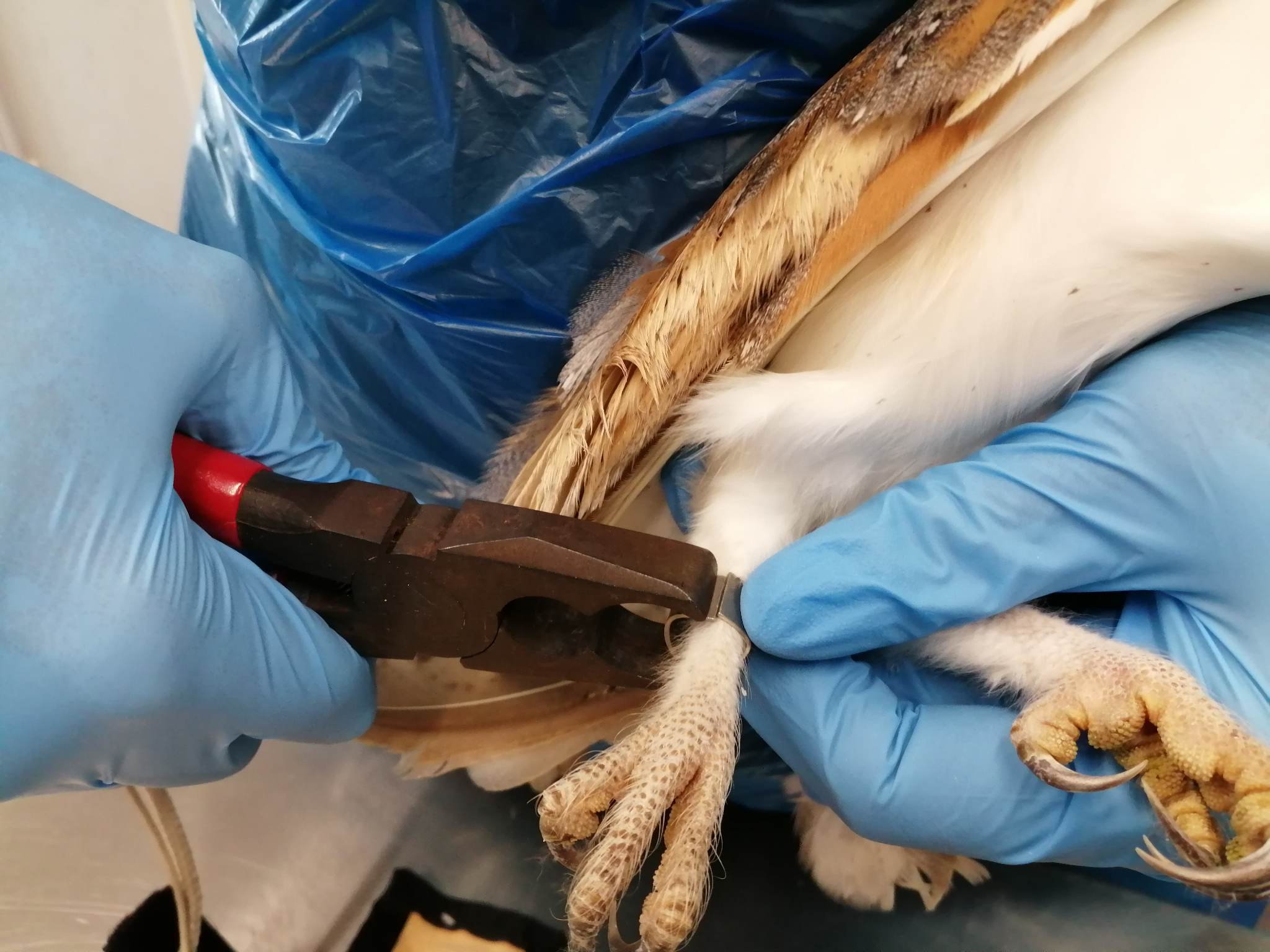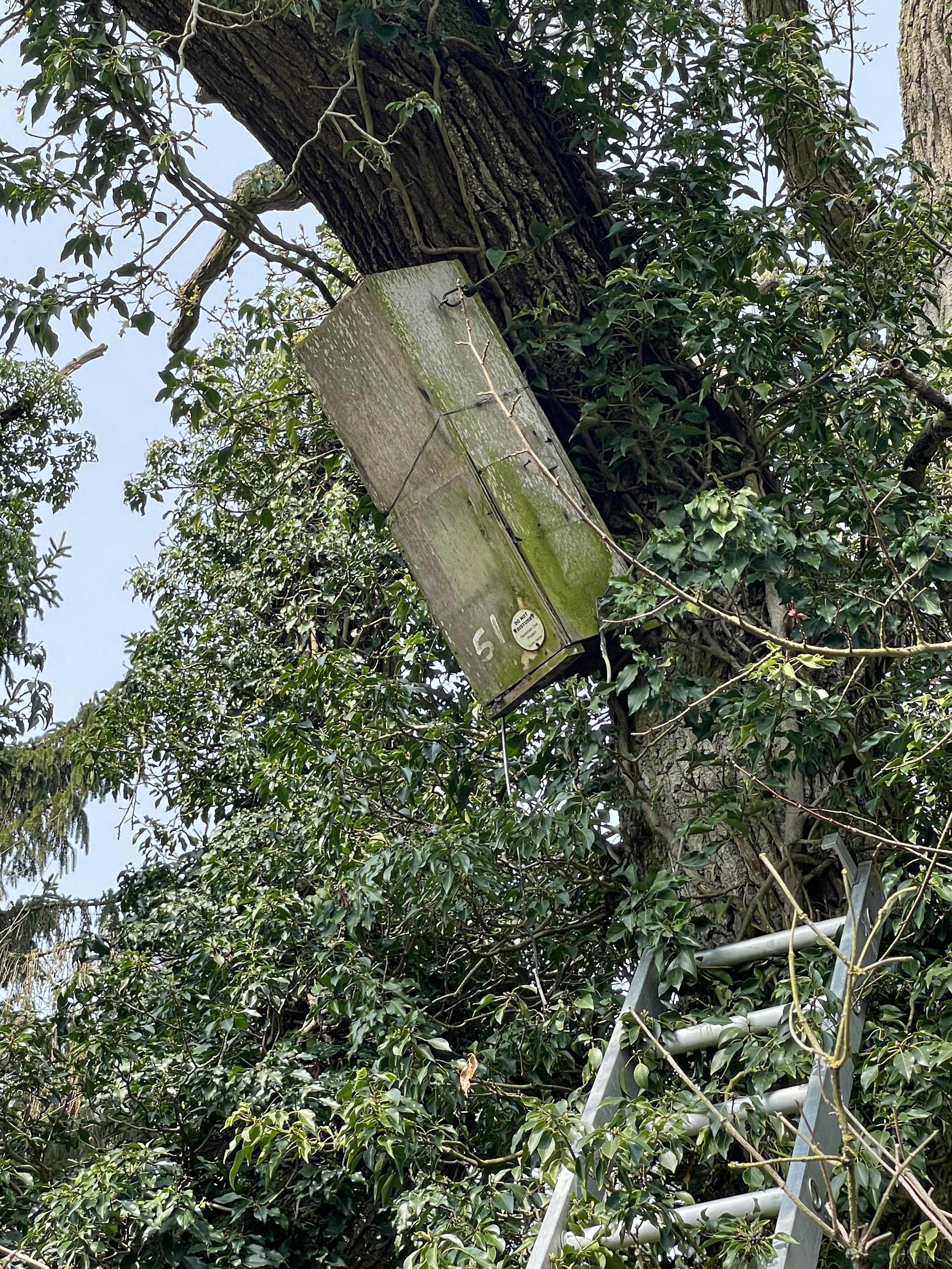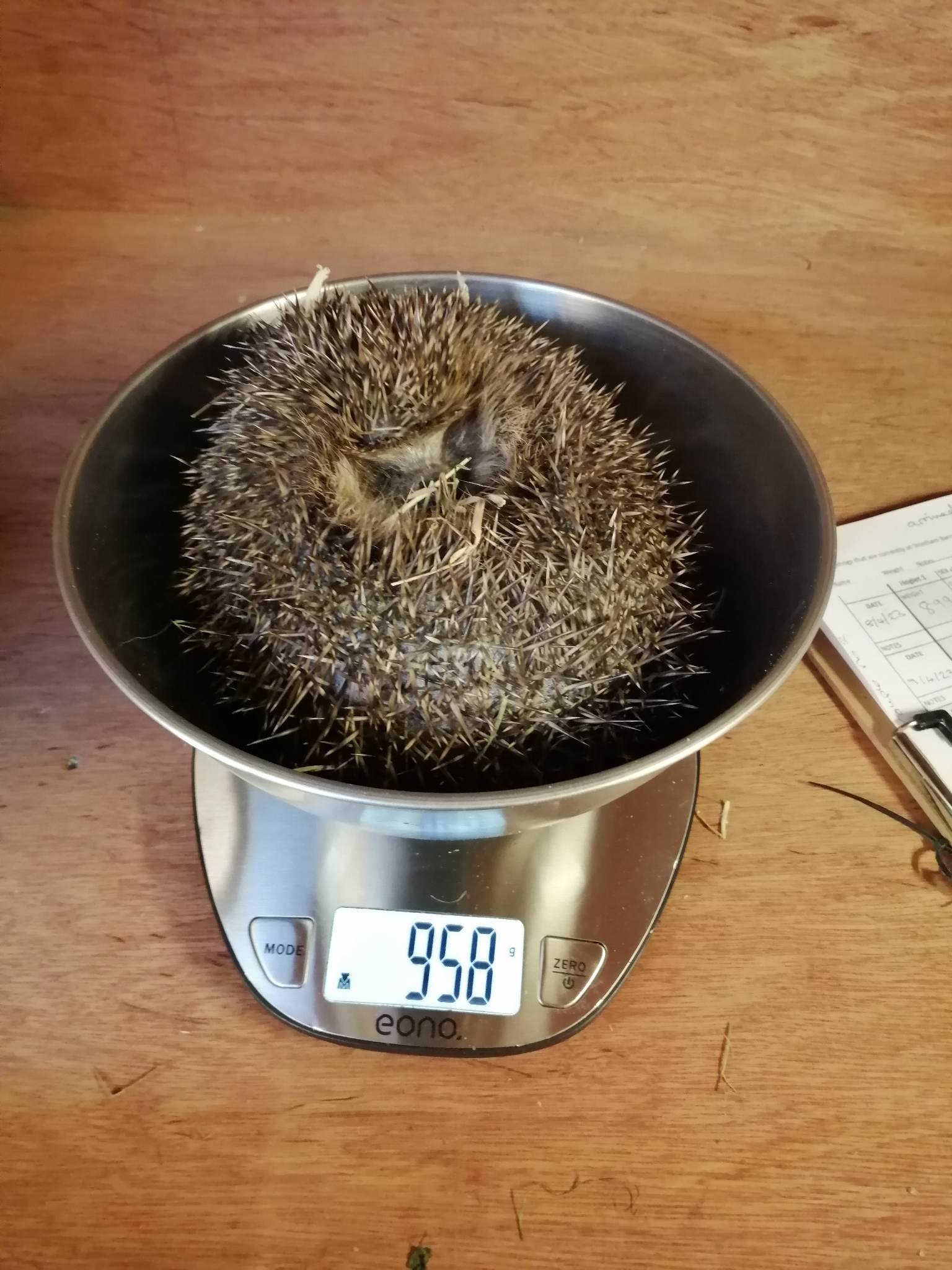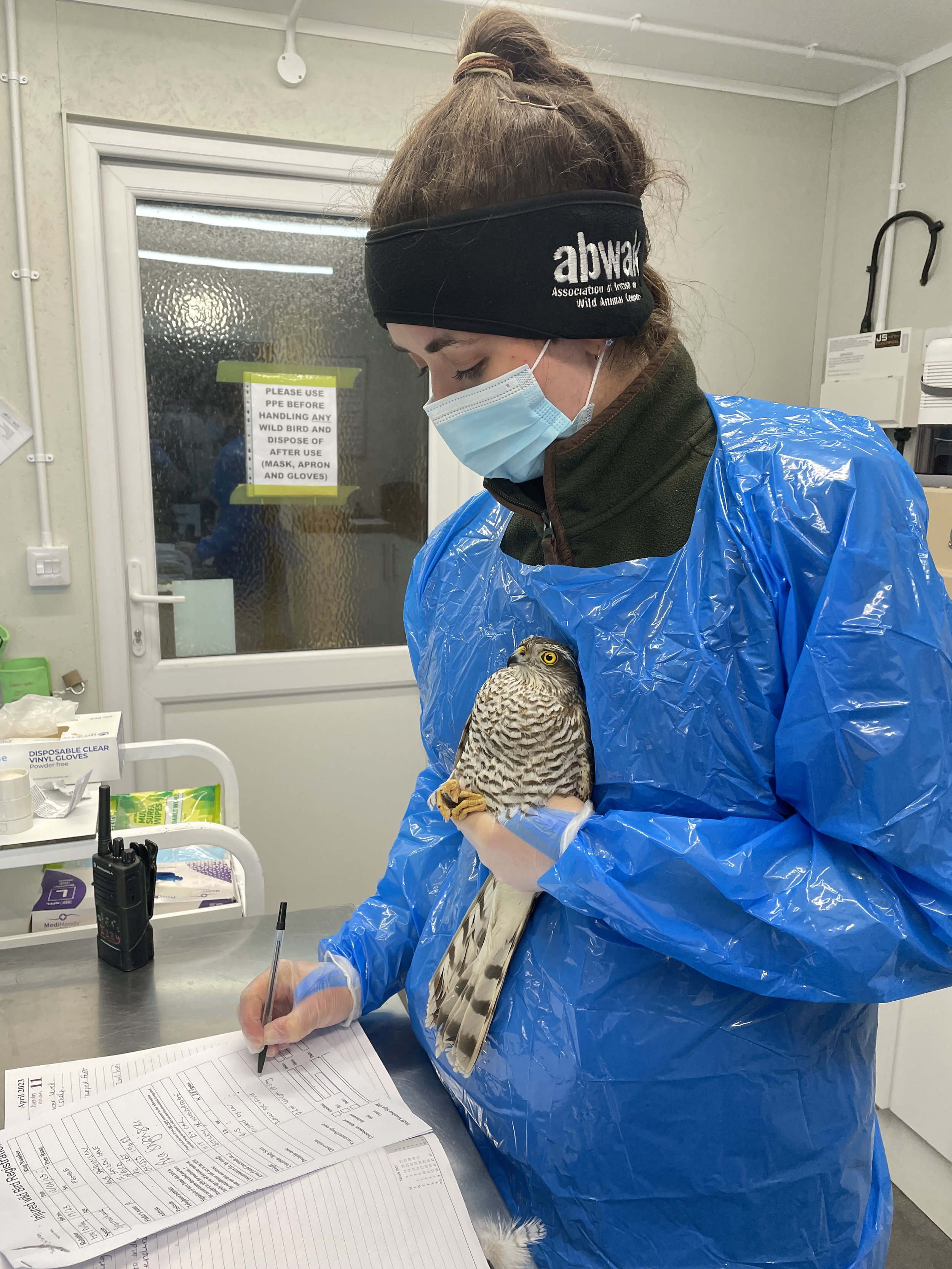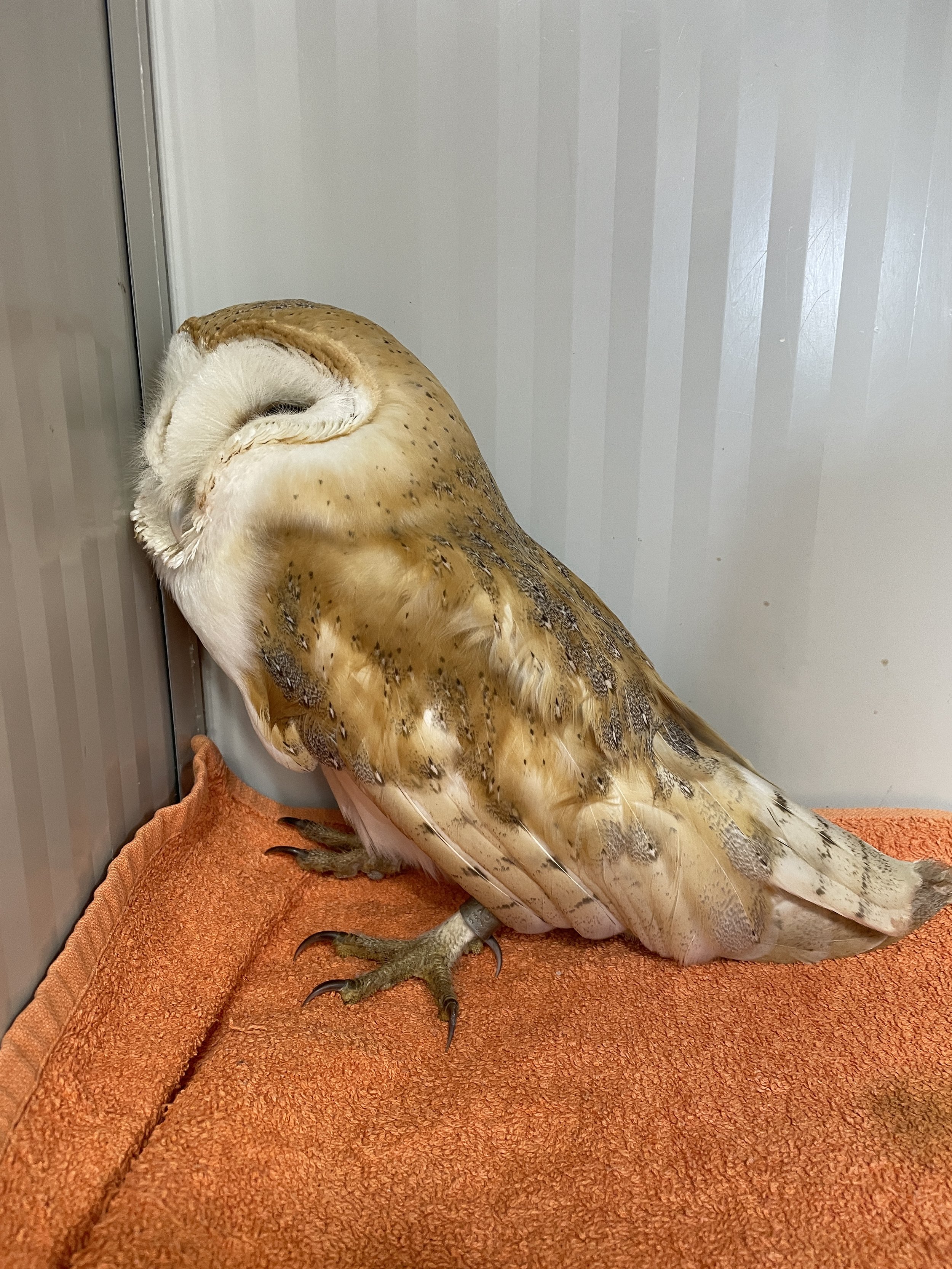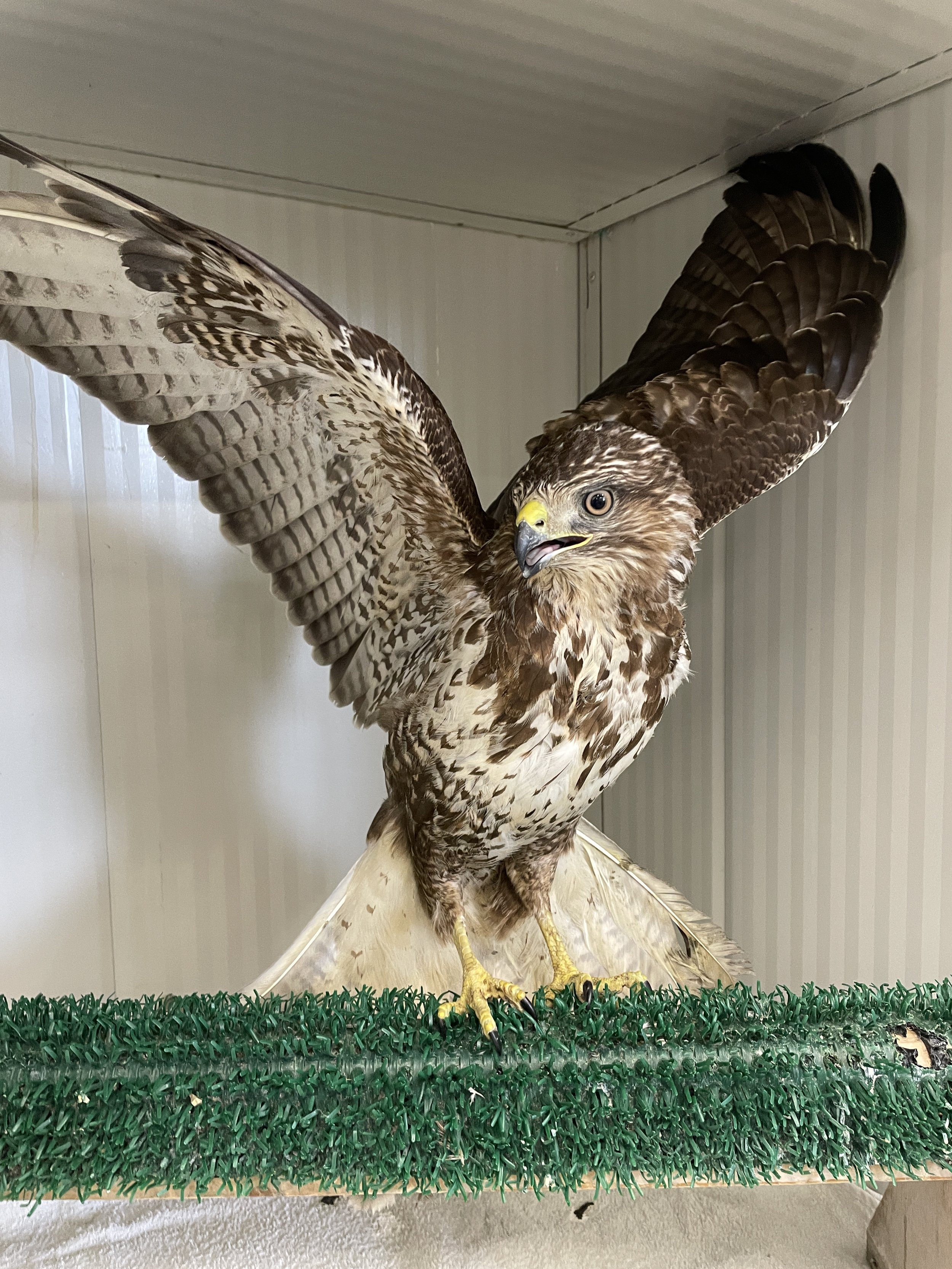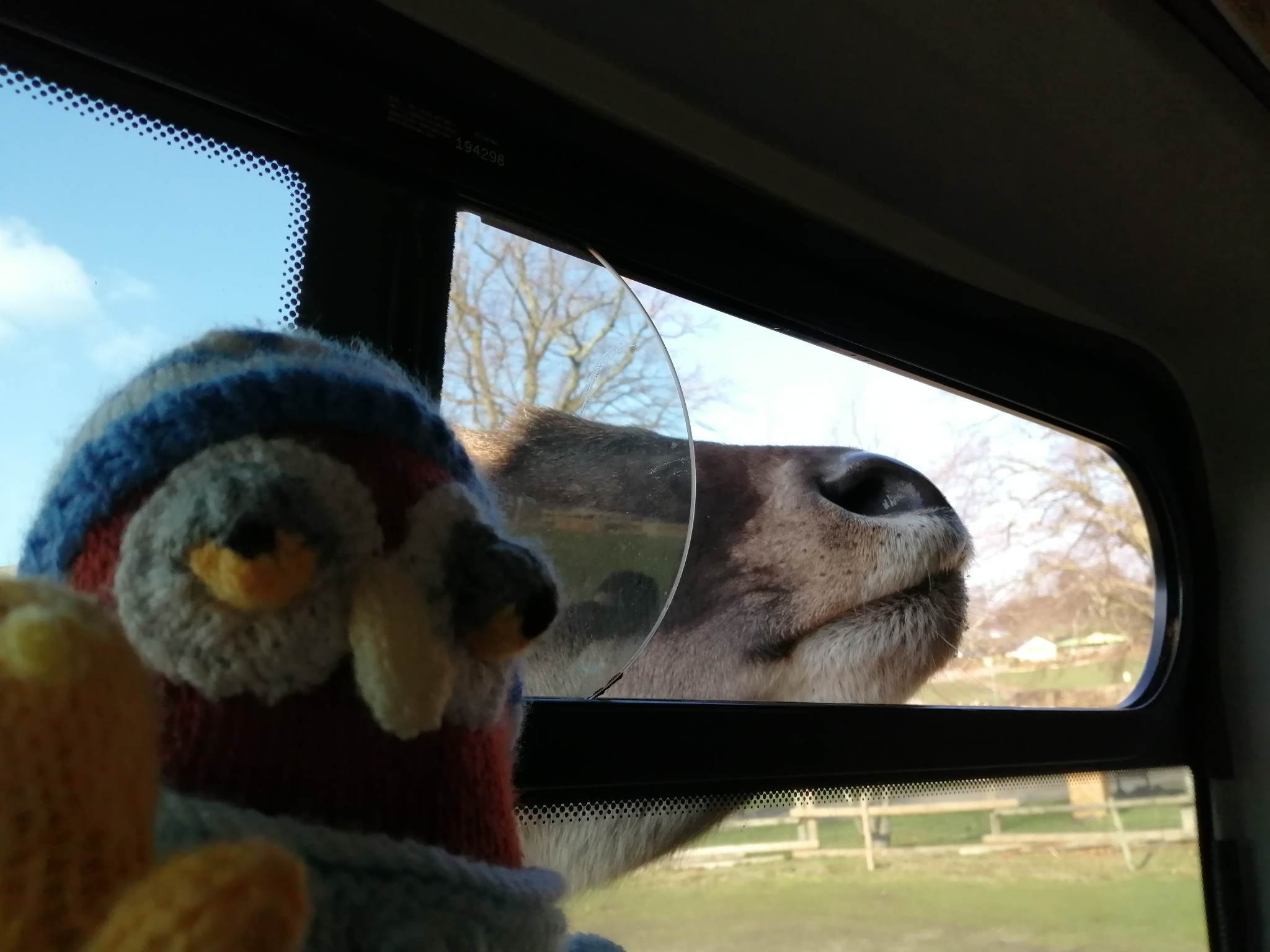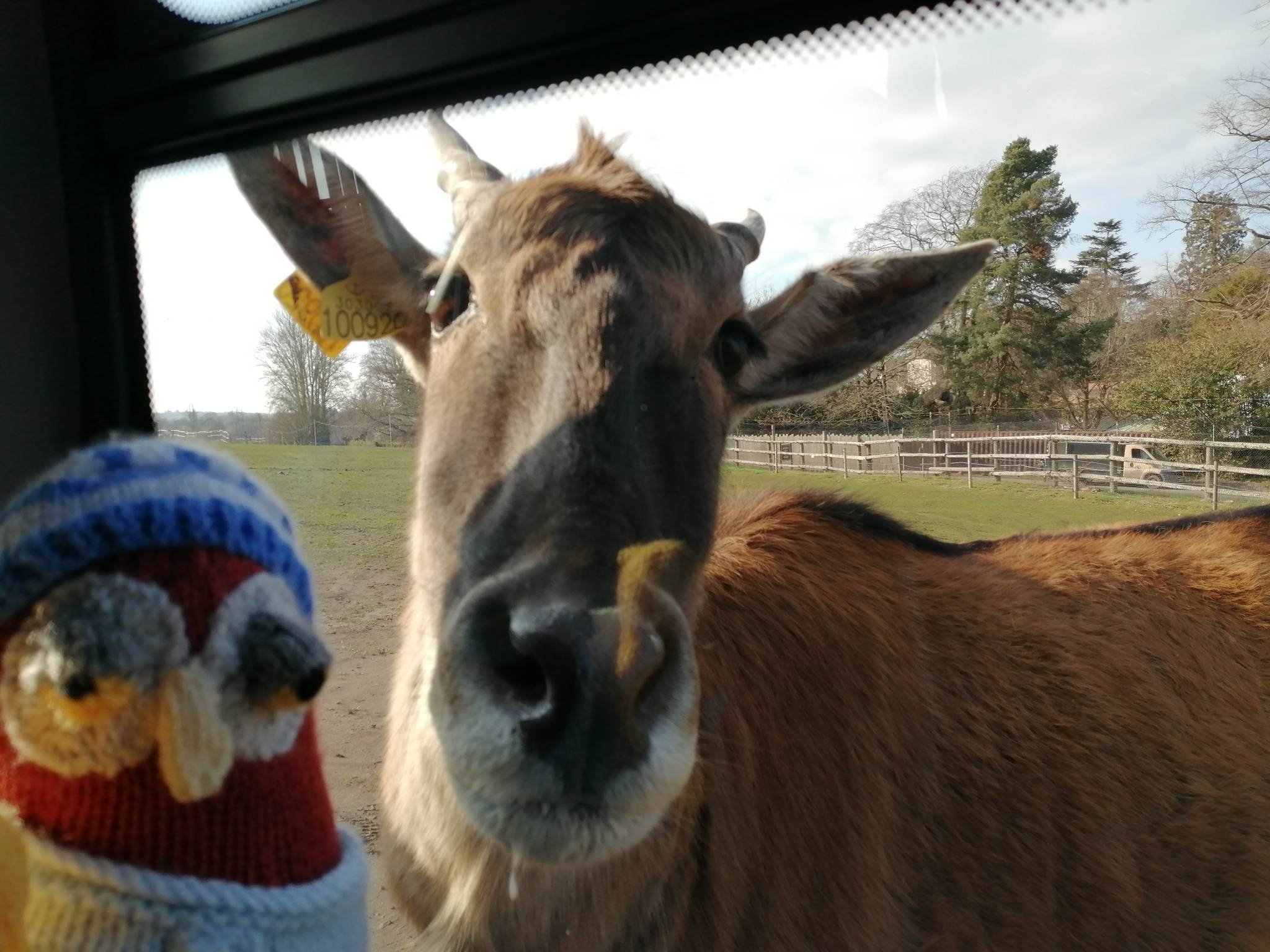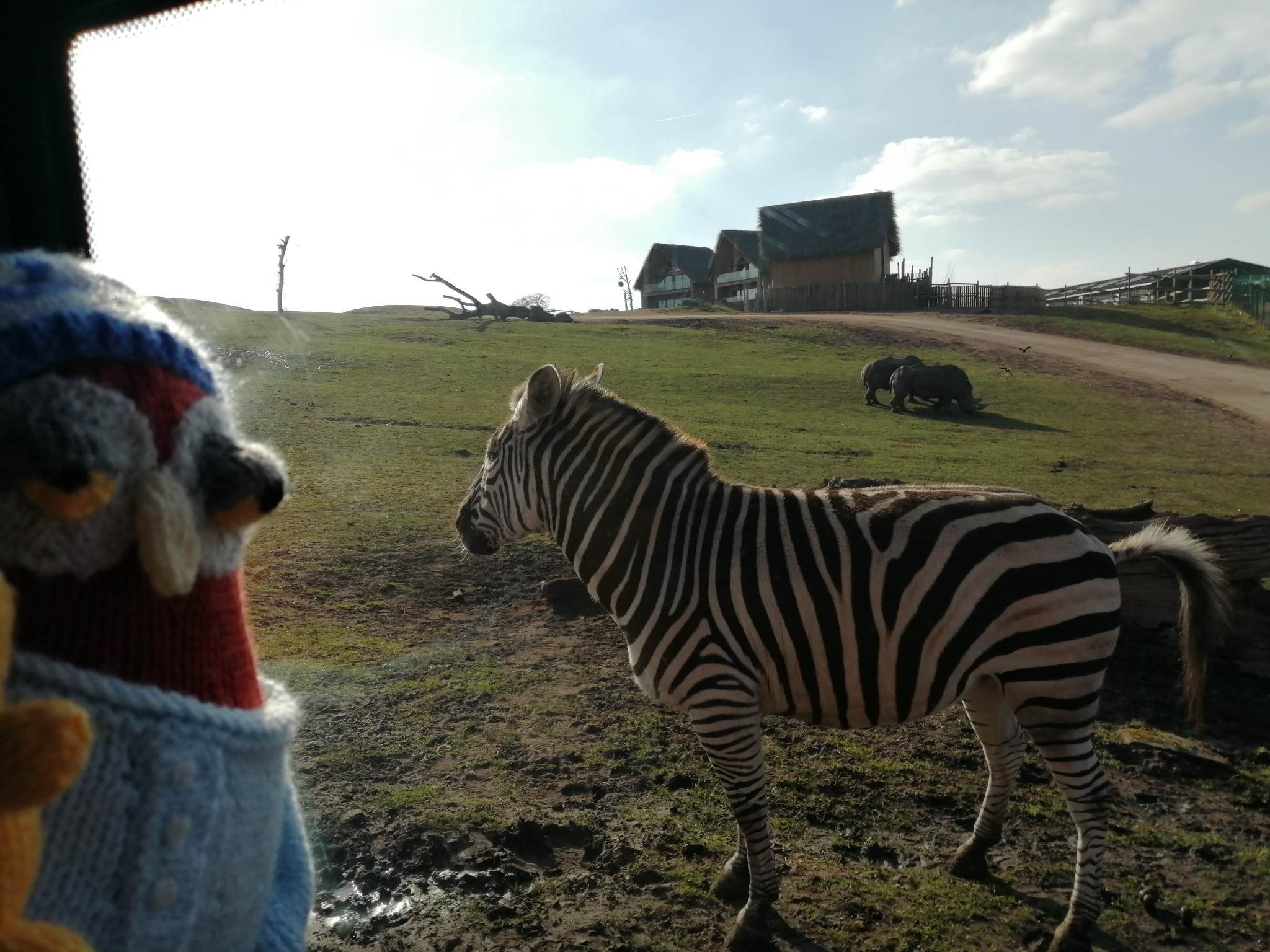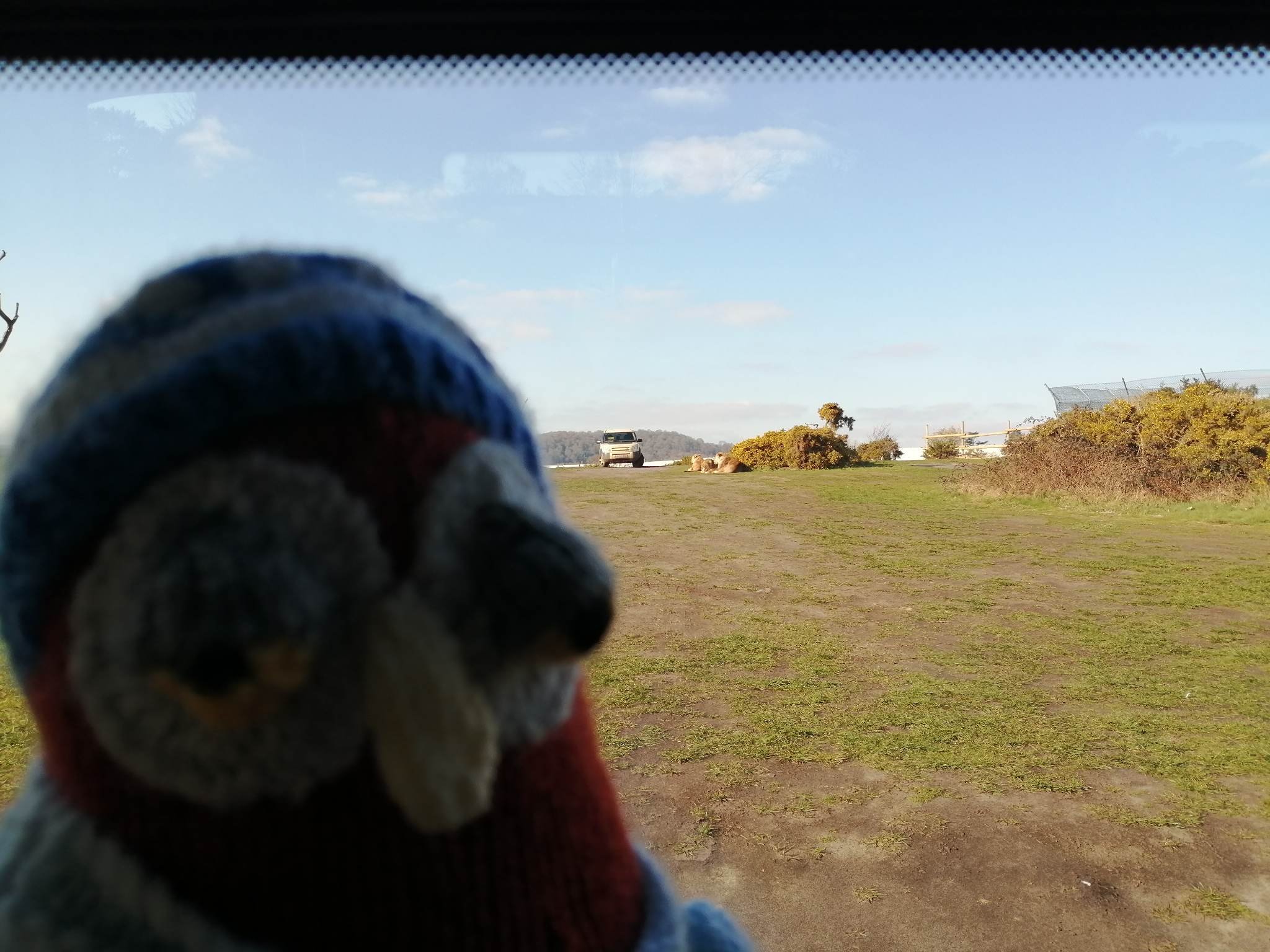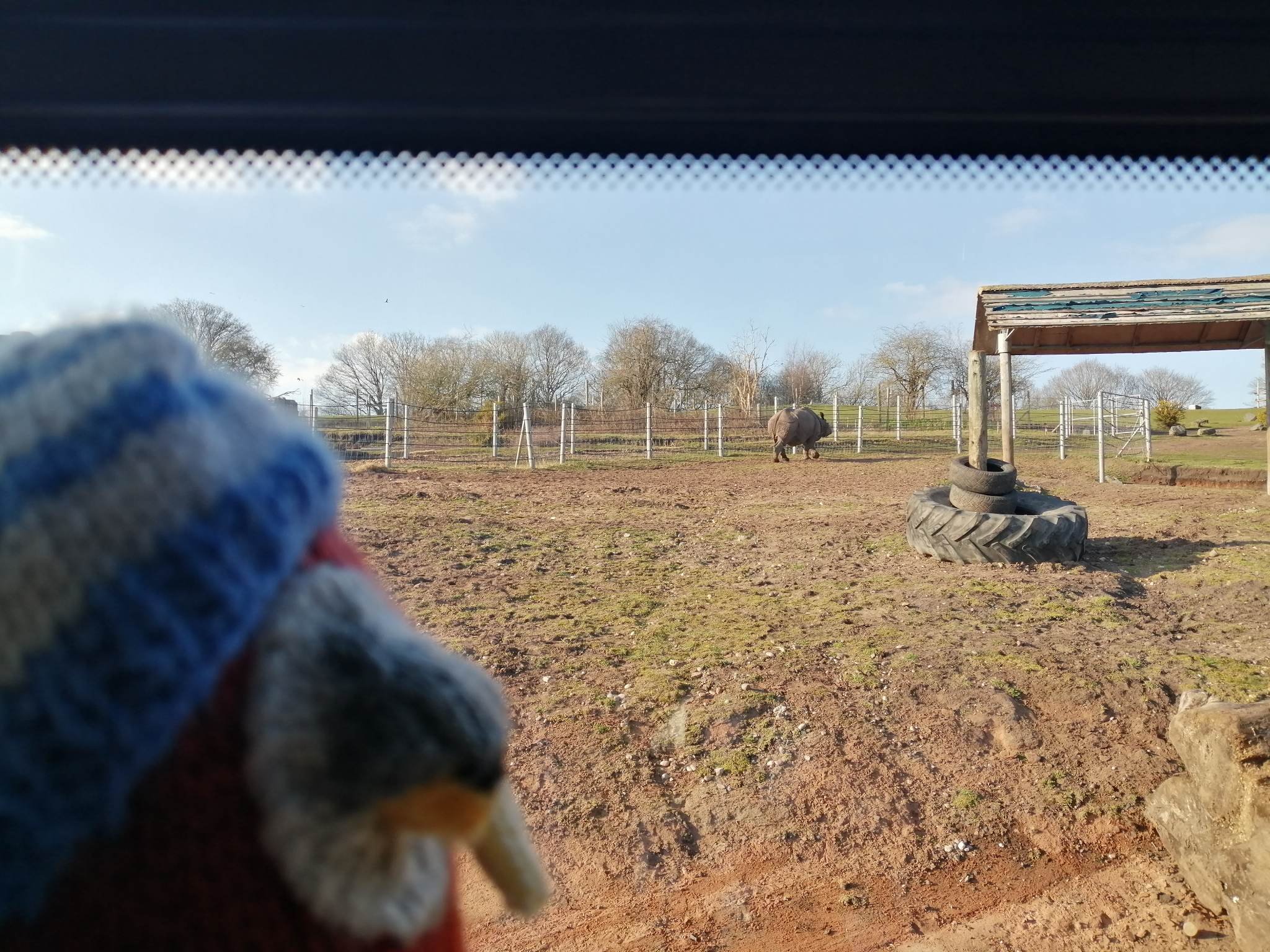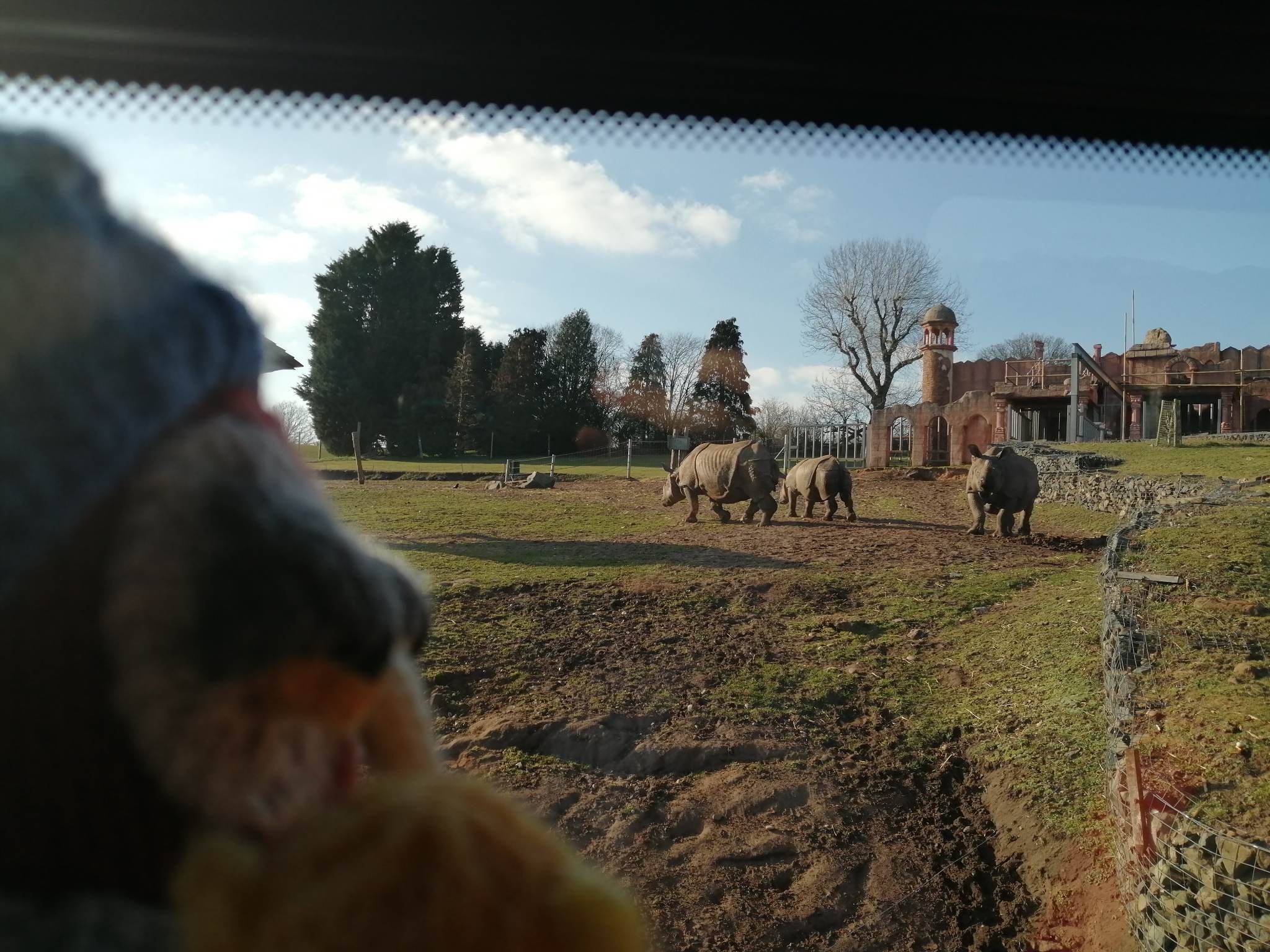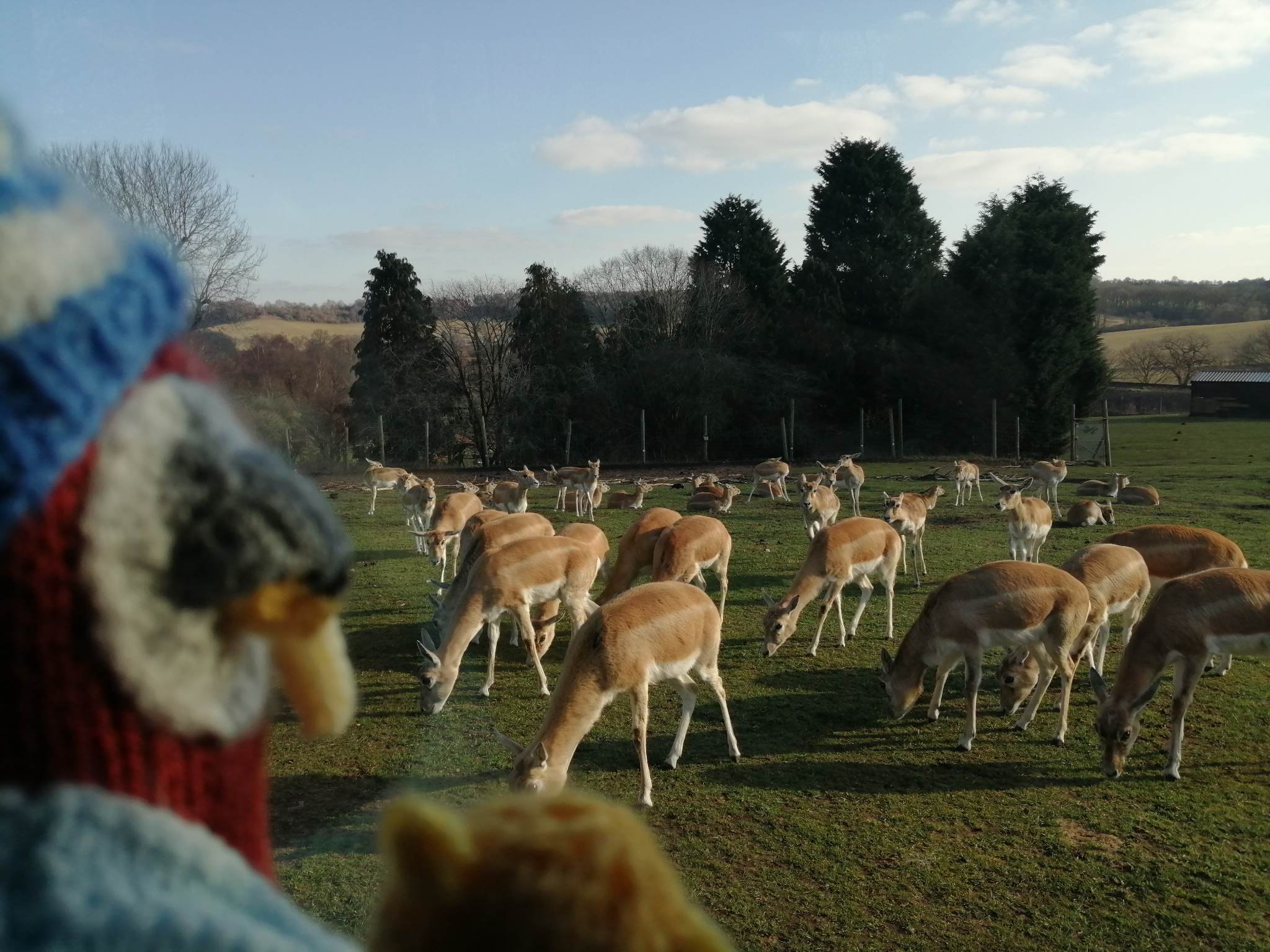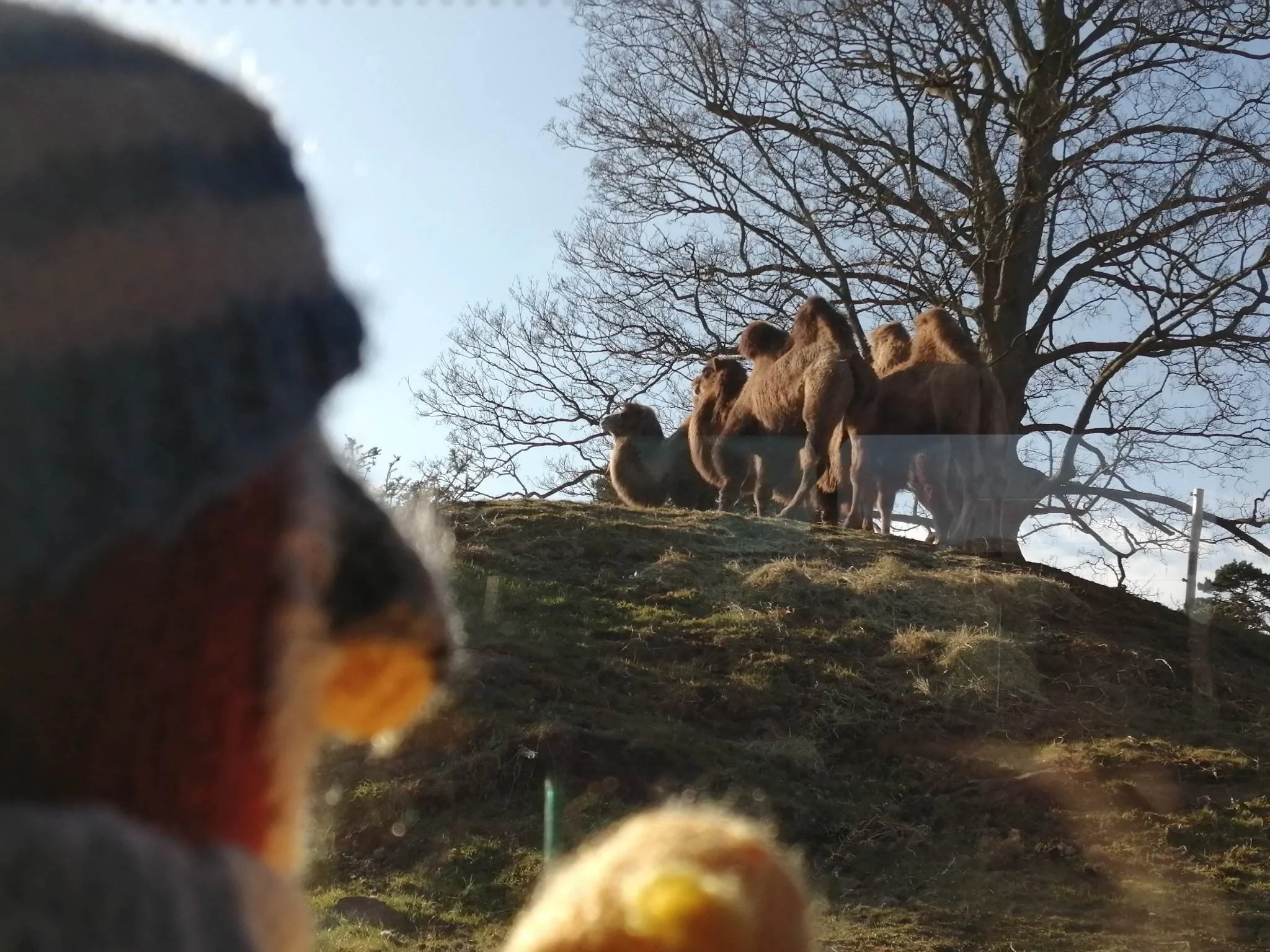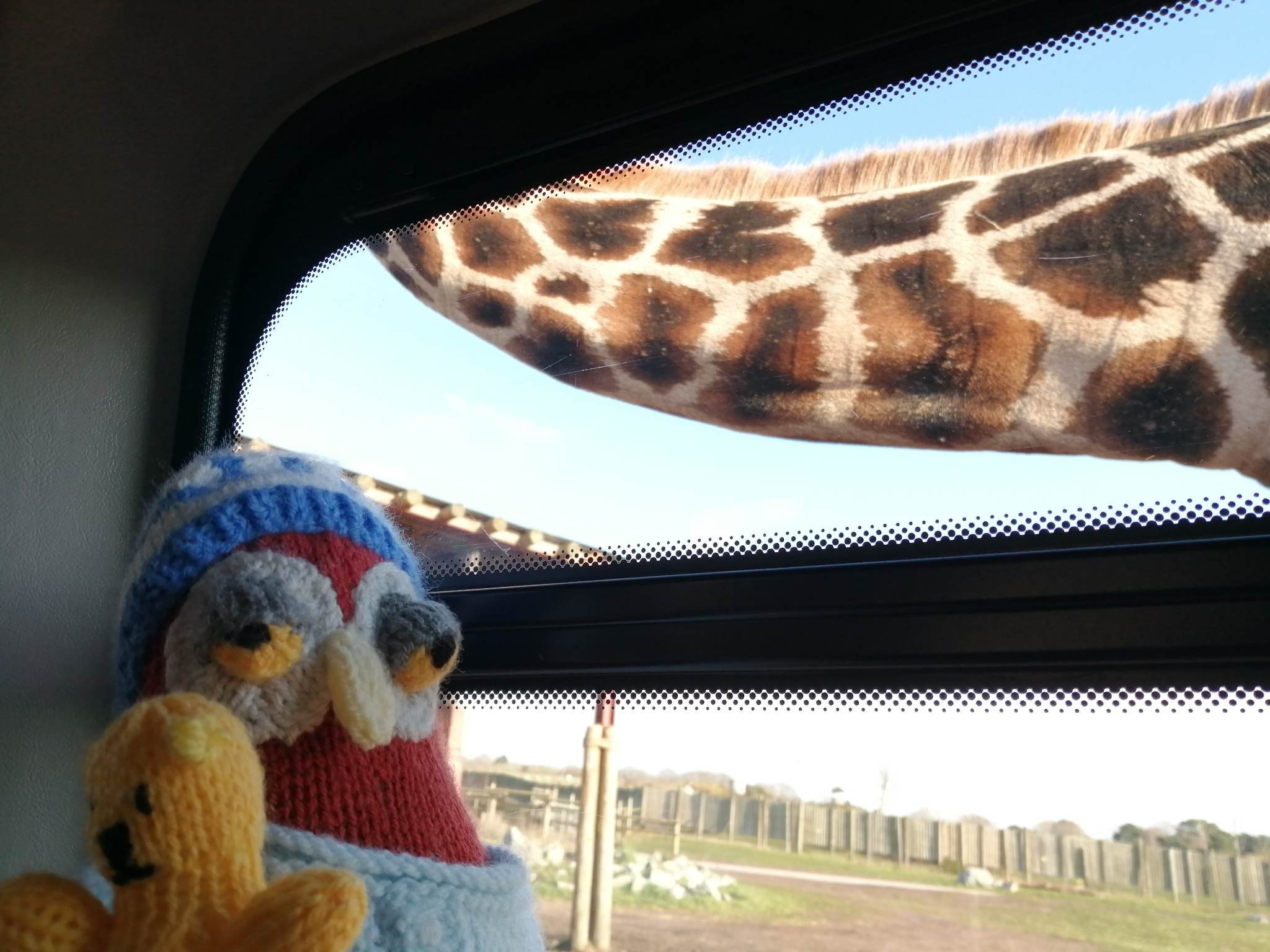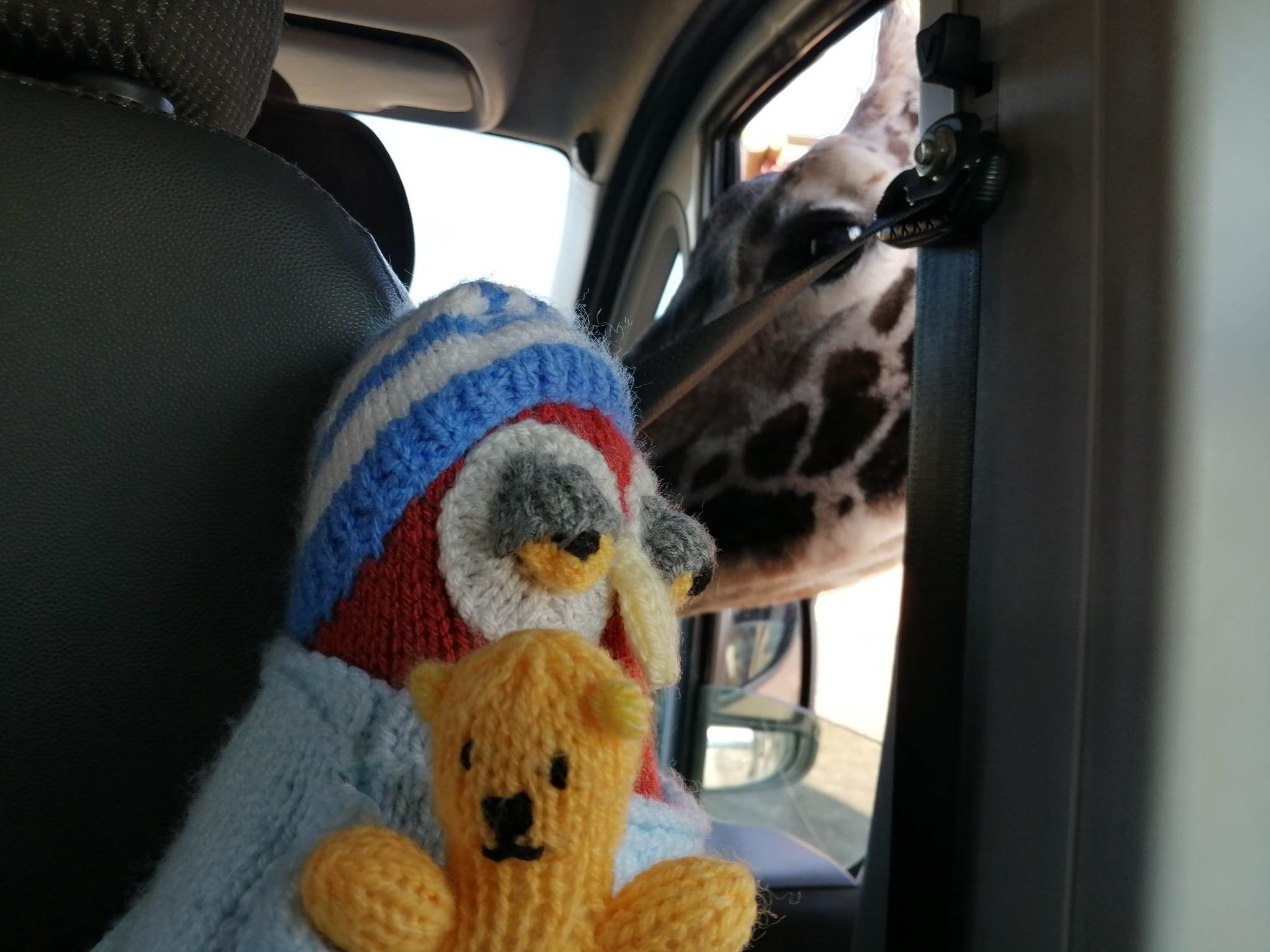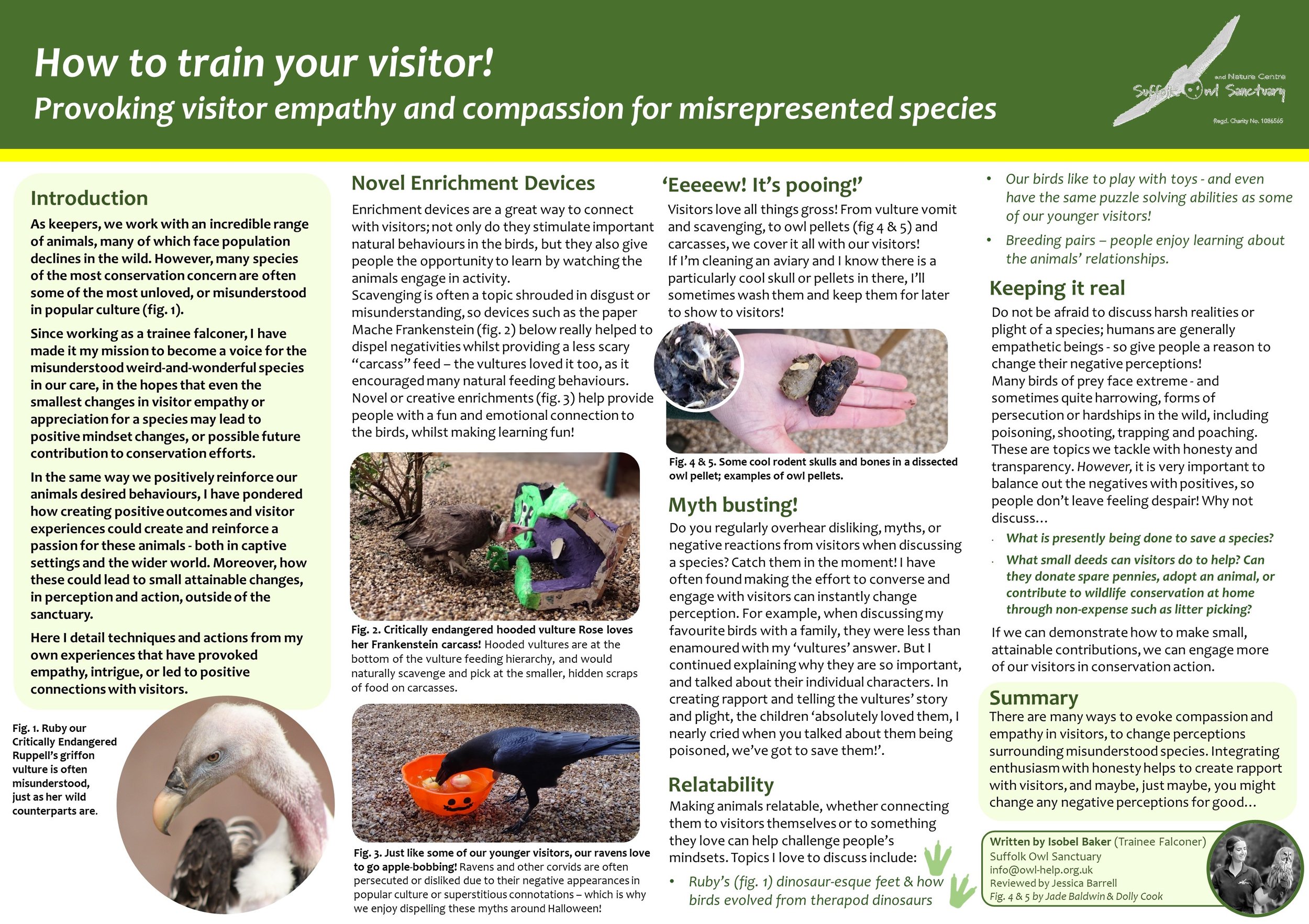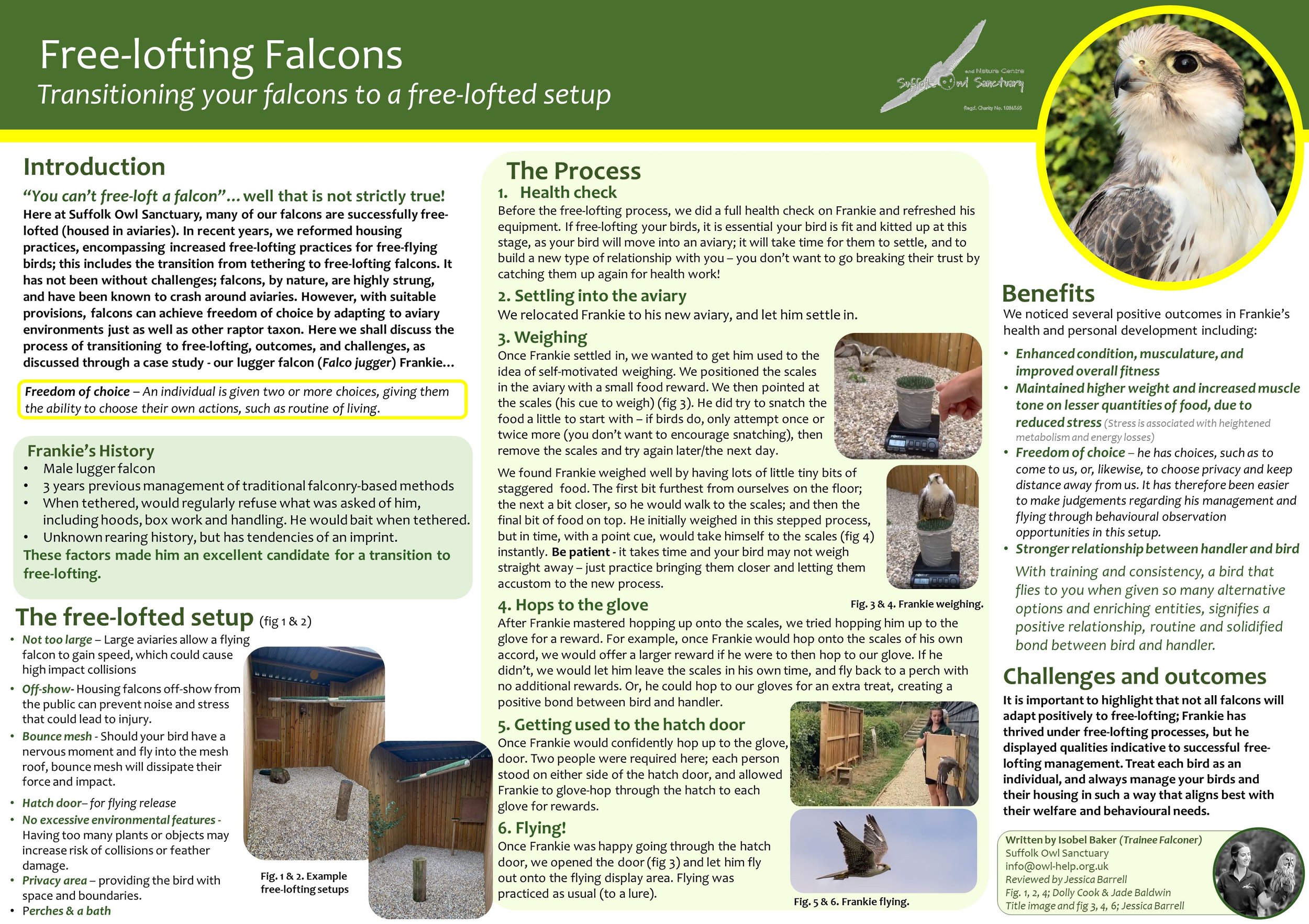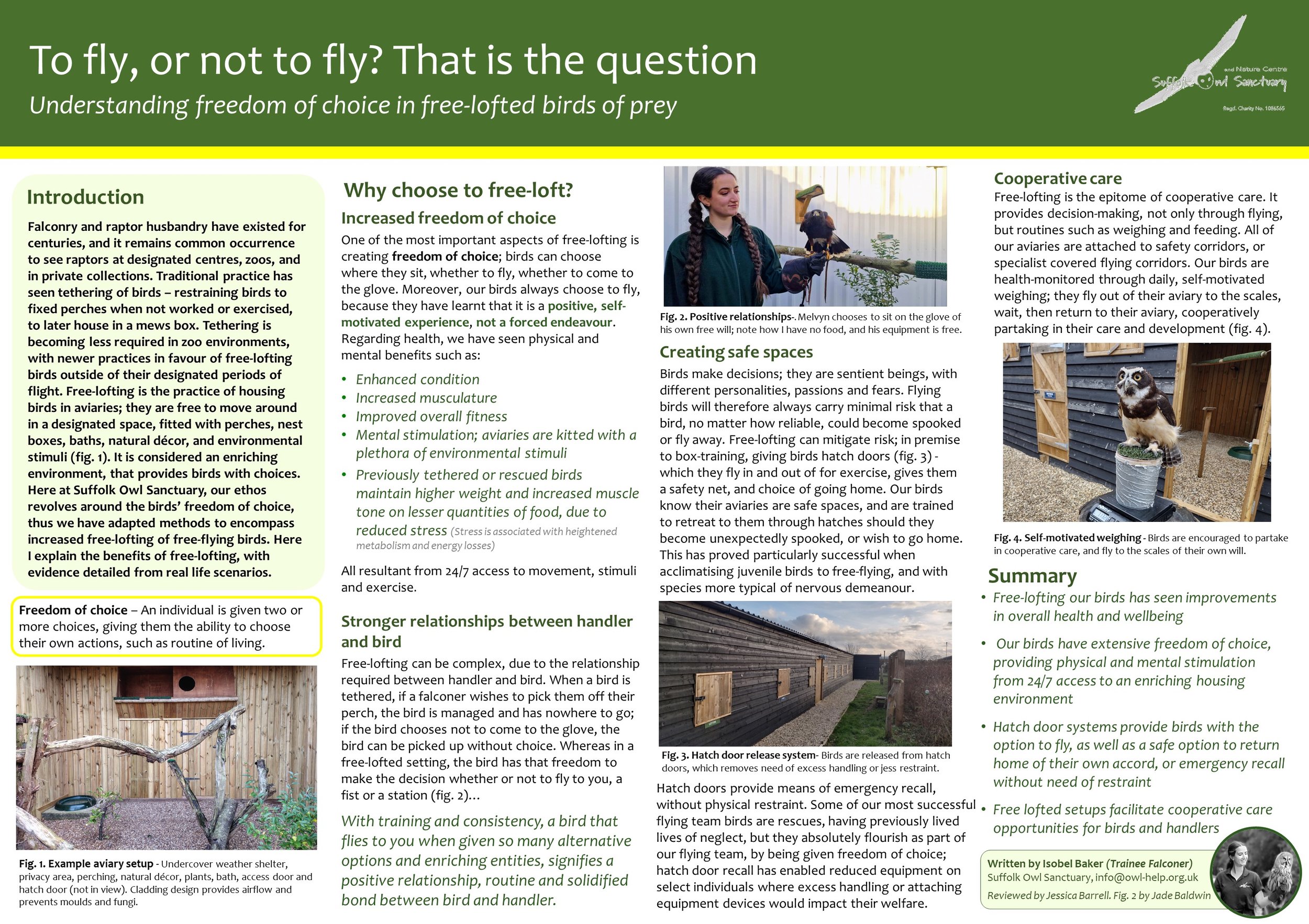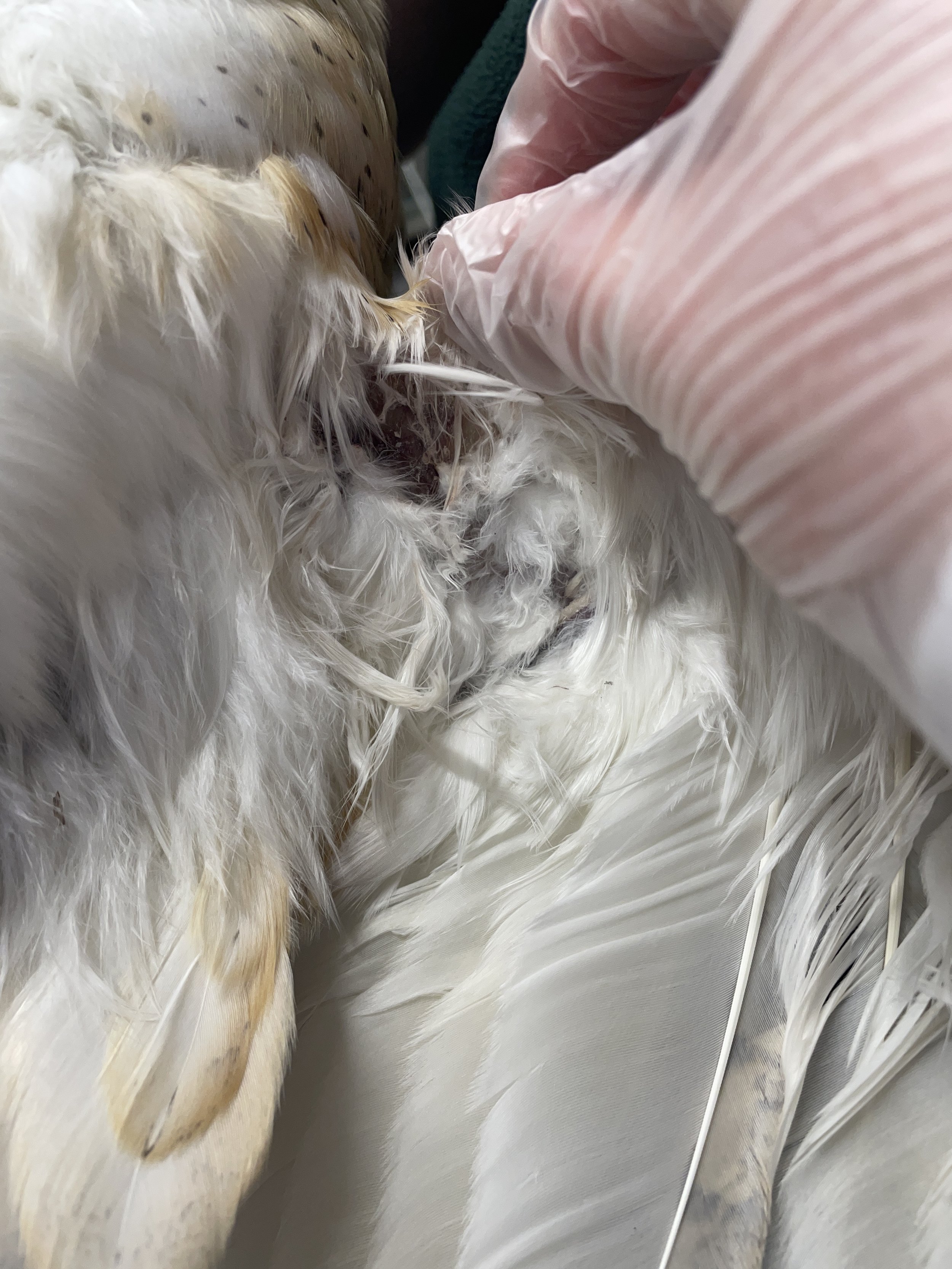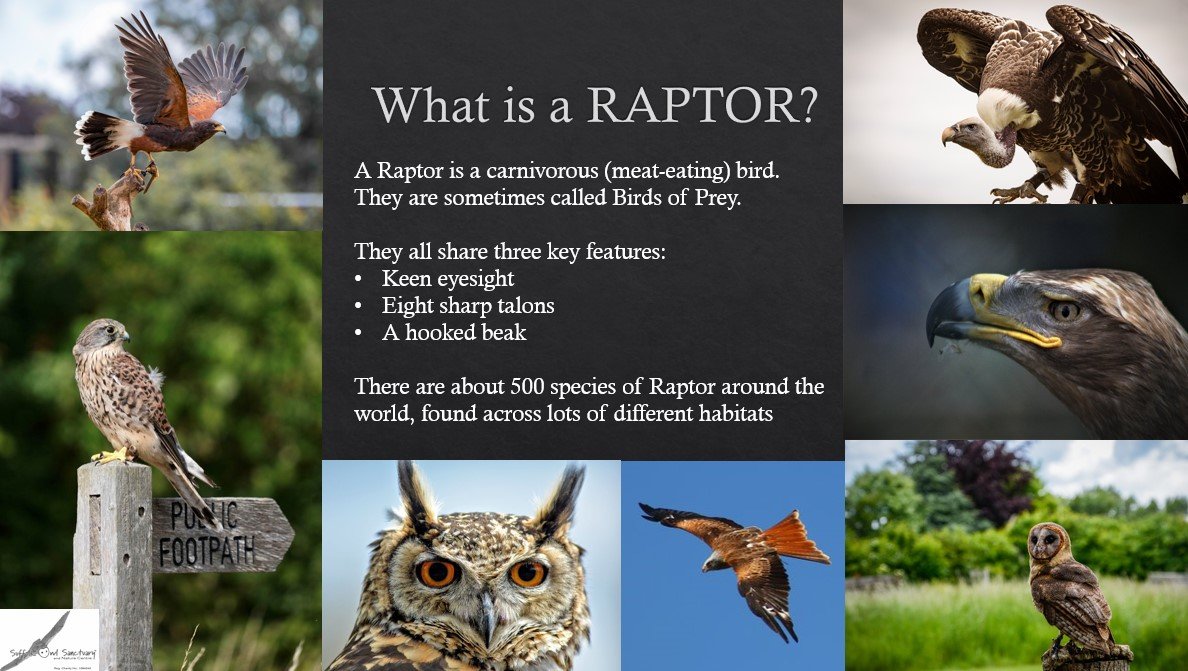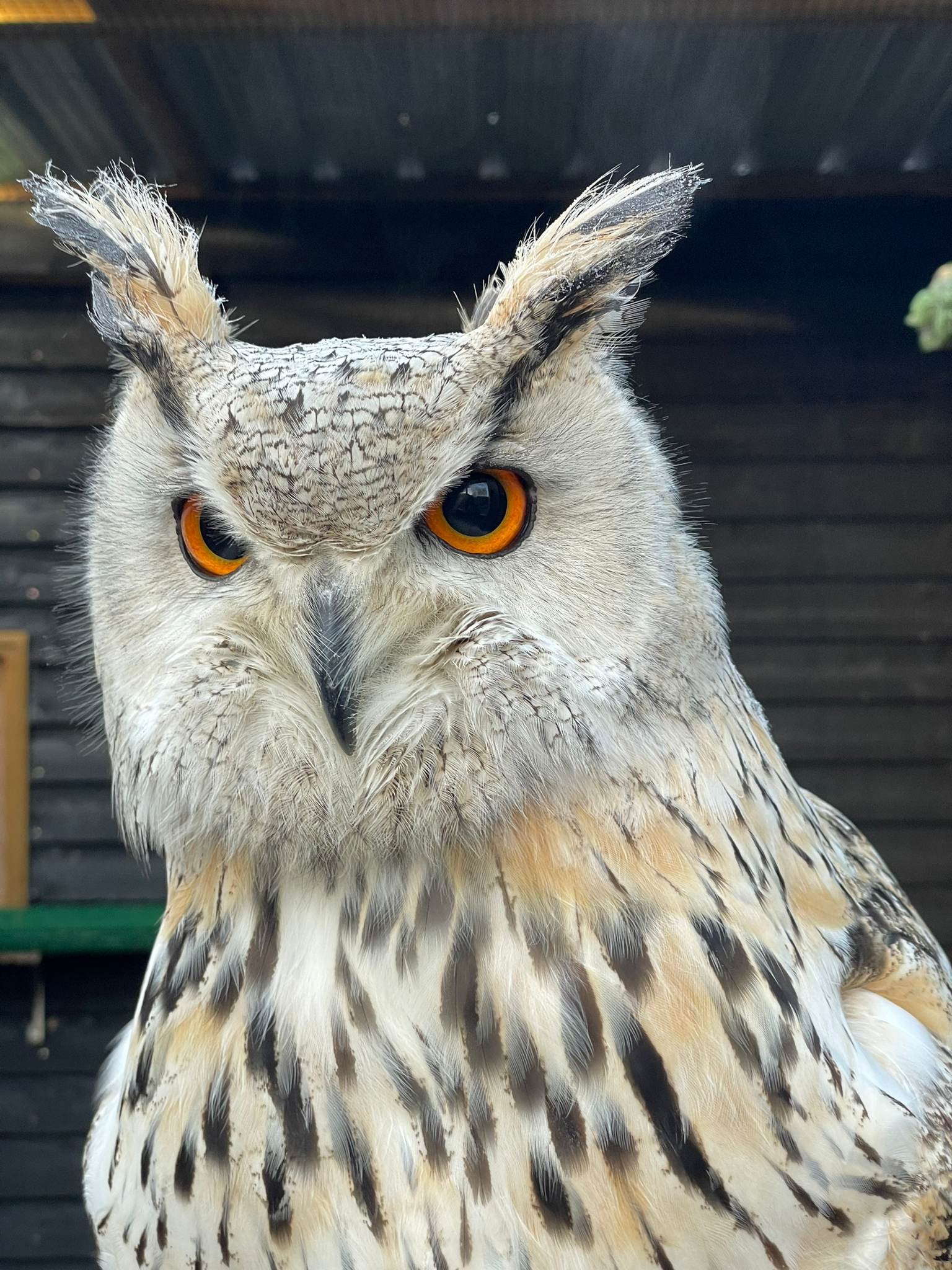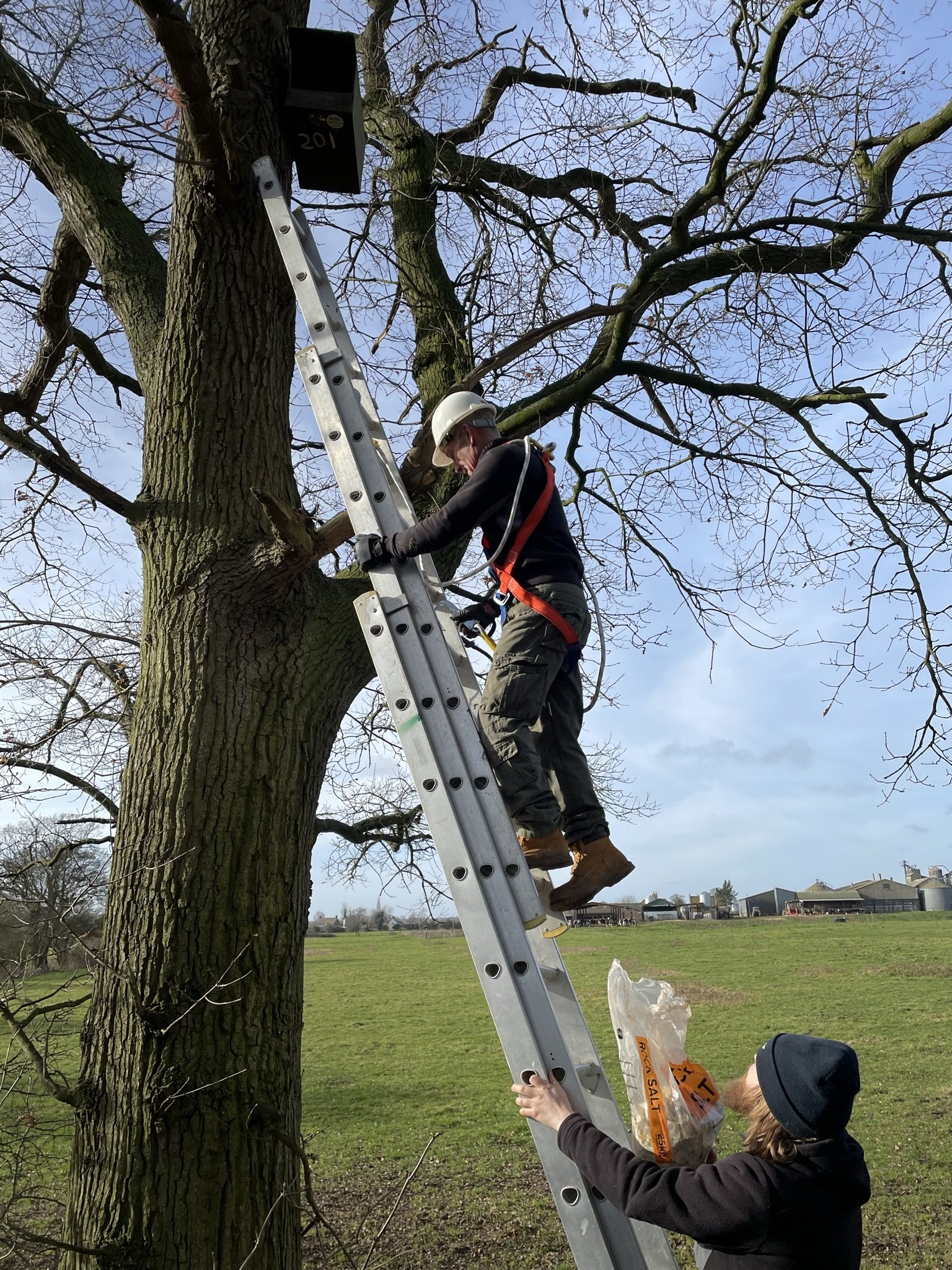With a number of birds in our hospital almost ready for release, we invited Dr Hugh Hanmer from the British Trust for Ornithology to supervise Jess and Susan in ringing our patients.
The BTO has run the British ringing scheme for more than 100 years, and all the submitted records feed into national and international databases to aid conservation decisions. Ringing itself is a painless activity whereby a small metal ring is attached to the birds leg. This is similar to humans wearing a bracelet or watch and does not cause any discomfort or added stresses to the bird once released. As part of this process, ringers also attempt to age and sex the birds, by looking at specific features for each species. Ringers should also take measurements, particularly wing length and weight, as these combined can give an indication to the overall health of the bird (similar to the BMI used in humans.)
Here’s a run down on the birds that were ringed recently.
Sparrowhawk
This female Sparrowhawk has now been released
This Sparrowhawk was quite obviously a female based on her size, but taking accurate biometric measurements of her weight and wing length confirmed this. She was aged as a 5, which means that she hatched last year.
Stinky Buzzard
This Buzzard had uncharacteristically pale legs, possibly a sign of malnutrition as he was growing
We already suspected that this was a male, based on his small size, but upon closer examination to take the measurements, everything seemed a little out of proportion. His weight and wing length would make him a small female or a medium sized male, but he has quite small feet compared to the size of his body. He was also aged as a 5, shown by the ginger fringing on his feathers.
Pin Wing
Pin Wing being very well behaved while Jess attached her ring
Barn Owls helpfully show sexual dimorphism, in that females have some dark spots on their breast and flanks. These can be quite subtle, but Pin Wing had clear spotting, making her a female. She was also an older bird, showing at least 3 generations to her flight feathers. Out of interest, we measured both of her wings to see if there was any difference. Her right wing measured 292cm, while her left wing (the one that had been broken and had to be pinned) was 286cm. Despite this, she has been observed flying in her aviary and there appears to be no impact to her ability to get around.
Half-Tail
Jess ensures that the ring is secure and safe, to avoid any risk of entanglement
This Barn Owl was also helpfully spotty, so sexing her as a female was easy. Her aging was also straightforward as all of her flight feathers were uniform in colour, pattern and wear, telling us that they all grew at the same time, in the nest last year. She was a bit heavier than Pin Wing, possibly suggesting that she is in breeding condition. Unfortunately, she is going to stay with us for a bit longer while she regrows her tail feathers.
Tick Face
Always exciting to have an already ringed bird brought in!
This Barn Owl was already ringed, to our excitement! Spot-less flanks told us that this was a male, and he was a little smaller than the females, but not noticeably so (a few mm off the wing length, and the weight was about the same). He also had flight feathers of the same generation, so was aged as a 5. “Controlling” a ringed bird is always exciting, as we can find out exactly where he came from! We knew it wasn’t one we had previously ringed, so submitted a report to the BTO. He was ringed as a chick from a nest on a farm less than 3 miles away from where he was found with his injuries, which is a typical dispersal for a juvenile Barn Owl.
